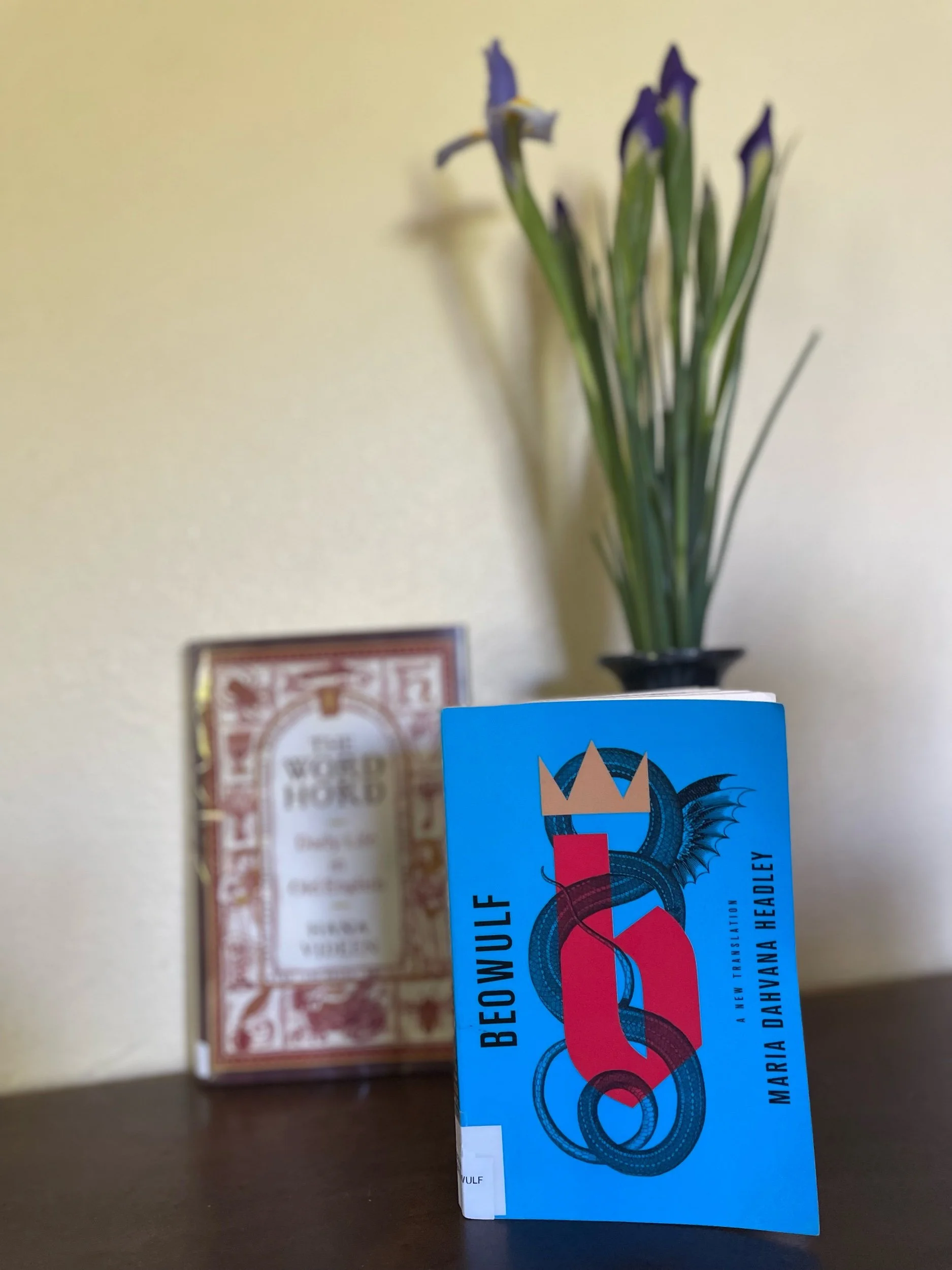Muriel Barbery’s The Elegance of the Hedgehog (2006, translated to English 2008) brims with internal rumination and philosophy. It is also the tale of human connection and the small moments that transform individuals existing in close proximity to others without ever really seeing one another into kindred spirits. Set almost entirely in the disconnected community of an upper class residential building in central Paris, The Elegance of the Hedgehog’s cast centers around the building fifty-four-year-old concierge; aloof and prickly, she is clearly an outlier living under the building’s glitzy roof. Readers meet a second integral character early on who calls the building home: the twelve-year-old younger daughter of one of the families. Perspective alternates between these characters through out the novel and the reader spends considerable time in both their internal thoughts.
A few of my favorite reads…
CONTEMPORARY & CANONICAL ǁ NEW & OLD.
Fiction ※ Poetry ※ Nonfiction ※ Drama
Hi.
Welcome to LitReaderNotes, a book review blog. Find book suggestions, search for insights on a specific book, join a community of readers.







